Hyundai’s history is a tapestry woven with both triumphs and tribulations. As a brand often overshadowed by its more prominent contemporaries, Hyundai’s earlier models may not have garnered the attention they deserved. Join me on a nostalgic exploration of the automaker’s forgotten icons, tracing the evolution of designs, philosophies, and innovations that paved the way for its rise to global prominence.
The Birth of a Legacy: The Hyundai Pony
The journey of Hyundai began with the Pony, introduced in 1975. This model marked a significant departure from the rebranded Ford products that preceded it, unveiling a design crafted by the renowned Giorgetto Giugiaro. The Pony, initially a two-door coupe, evolved into a versatile four-door liftback and even a pickup truck, showcasing Hyundai’s aspirations for versatility in a rapidly changing automotive market.
Characterized by its angular design, the Pony epitomized the bold aesthetics of the 1970s. Its geometric lines and square form, though perhaps lacking in flair, represented South Korea’s first mass-produced car and laid the foundation for the company’s future. The Pony was more than just a vehicle; it was a stepping stone toward establishing Hyundai as a legitimate contender in the automotive landscape.
Stellar Achievements: The Hyundai Stellar
Following the Pony’s success, the Stellar sedan was unveiled in 1983, embodying the same boxy geometry that defined its predecessor. Though it bore close resemblance to the Ford Cortina, this model introduced a uniquely Korean flavor to the automotive scene. Unfortunately, its emission standards prevented it from entering the U.S. market, leaving many American consumers unaware of its existence until the arrival of the Sonata.
The Stellar represented a significant moment in Hyundai’s evolution, as it sought to refine its identity while drawing inspiration from established brands. Despite certain limitations, it demonstrated Hyundai’s intent to compete in more diverse segments.
A Bold Step: The Hyundai Excel
Hyundai’s foray into the North American market began with the Excel, launched in 1985 as the brand’s first front-wheel-drive car. Its blunt design, available as a three-door hatchback or a four-door sedan, resonated with consumers seeking an affordable and practical vehicle. The Excel quickly made waves, shattering records with an impressive 168,882 units sold in its inaugural year.
In addition to its commercial success, the Excel earned accolades, being recognized as one of Fortune magazine’s “Best Products.” Its price point under $5,000 attracted budget-conscious buyers, fundamentally shifting perceptions of Korean automotive offerings in the U.S. Upon evolving through its generations, the Excel maintained a presence in the minds of enthusiasts as a functional yet unpretentious car.
The Sporty Experiment: The Hyundai Scoupe
As the tide of design shifted in the late 1980s, Hyundai introduced the Scoupe, a sporty model that blended elements from both the 80s and 90s. With a name that cleverly combined “sporty” and “coupe,” the Scoupe featured a curvier exterior, showcasing the brand’s adaptability to changing automotive trends.
Unfortunately, due to fading popularity, not many Scoupes remain today, especially the turbocharged versions that offered a glimpse into Hyundai’s performance aspirations. Despite its short-lived tenure, the Scoupe is a testament to Hyundai’s willingness to experiment with different markets and styles.
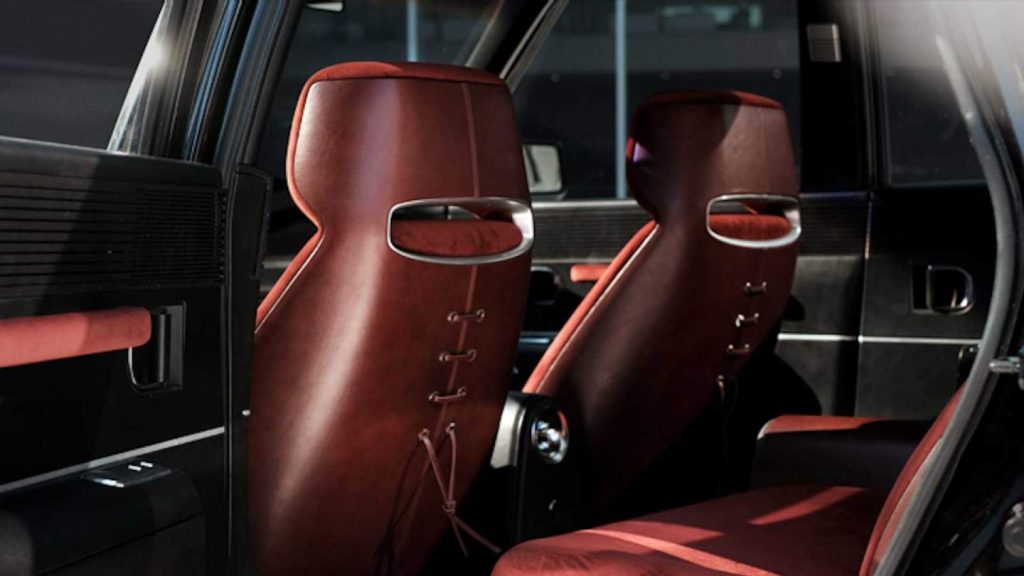
Elegance Redefined: The Hyundai Grandeur
Hyundai’s quest for luxury culminated in the Grandeur, whose design was heavily influenced by the Mitsubishi Debonair. Launched in the early 1980s, this elegant sedan became a status symbol among Korean executives, vying for attention against established rivals like the Toyota Crown.
While the Grandeur found success domestically, its attempt to penetrate the global luxury car market faced challenges. Nevertheless, it established a benchmark for future Hyundai vehicles aspiring for sophistication and grace.
The SUV Evolution: The Hyundai Galloper
In the 1990s, Hyundai ventured into the off-road segment with the Galloper, a model that bore a striking resemblance to the iconic Mitsubishi Pajero. This rugged SUV was designed for adventure, boasting a boxy silhouette that appealed to enthusiasts seeking durability.
The Galloper saw limited success internationally as competition in the U.S. market was fierce. However, it remains an enduring symbol of Hyundai’s capabilities in producing versatile vehicles that could transition from city streets to rugged terrains.
Image Search Prompt: “Hyundai Galloper off-road SUV”
A Nod to the Sporty Past: The Hyundai Tiburon
Last but not least, the Tiburon emerged in the late 1990s, aimed at the youthful market captivated by sporty coupes. Drawing comparisons to models like the Toyota Celica, the Tiburon aimed to carve out a niche in the competitive coupe segment.
Though it didn’t achieve the same level of acclaim as some of its contemporaries, the Tiburon developed a following, particularly among gamers who encountered it in popular racing titles. Its combination of distinctive styling and performance aspirations ensured its place in the annals of automotive history.
Reflections on a Legacy
Hyundai’s history is one marked by growth, innovation, and a willingness to evolve. With the introduction of the Heritage Series, which pays homage to its past, the brand acknowledges the importance of its roots while looking toward a future rich in electric and revolutionary designs.
As Hyundai prepares to unveil cyberpunk-inspired electric vehicles, it is clear that the spirit of the Pony, Stellar, and other icons will not be forgotten. By honoring its past, Hyundai lays the groundwork for an exciting and dynamic future in the automotive world.


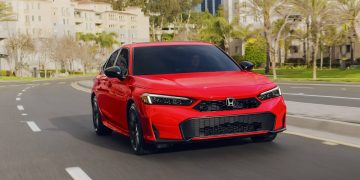
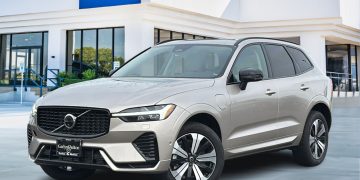
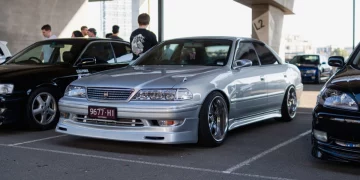

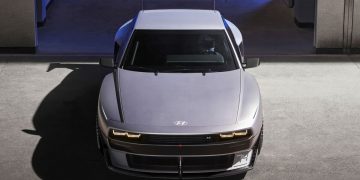

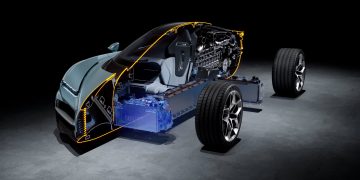





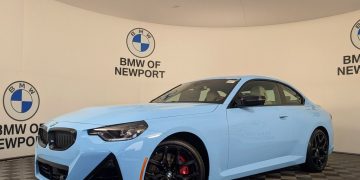

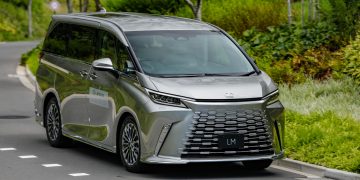

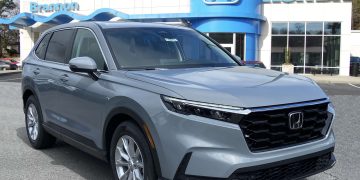


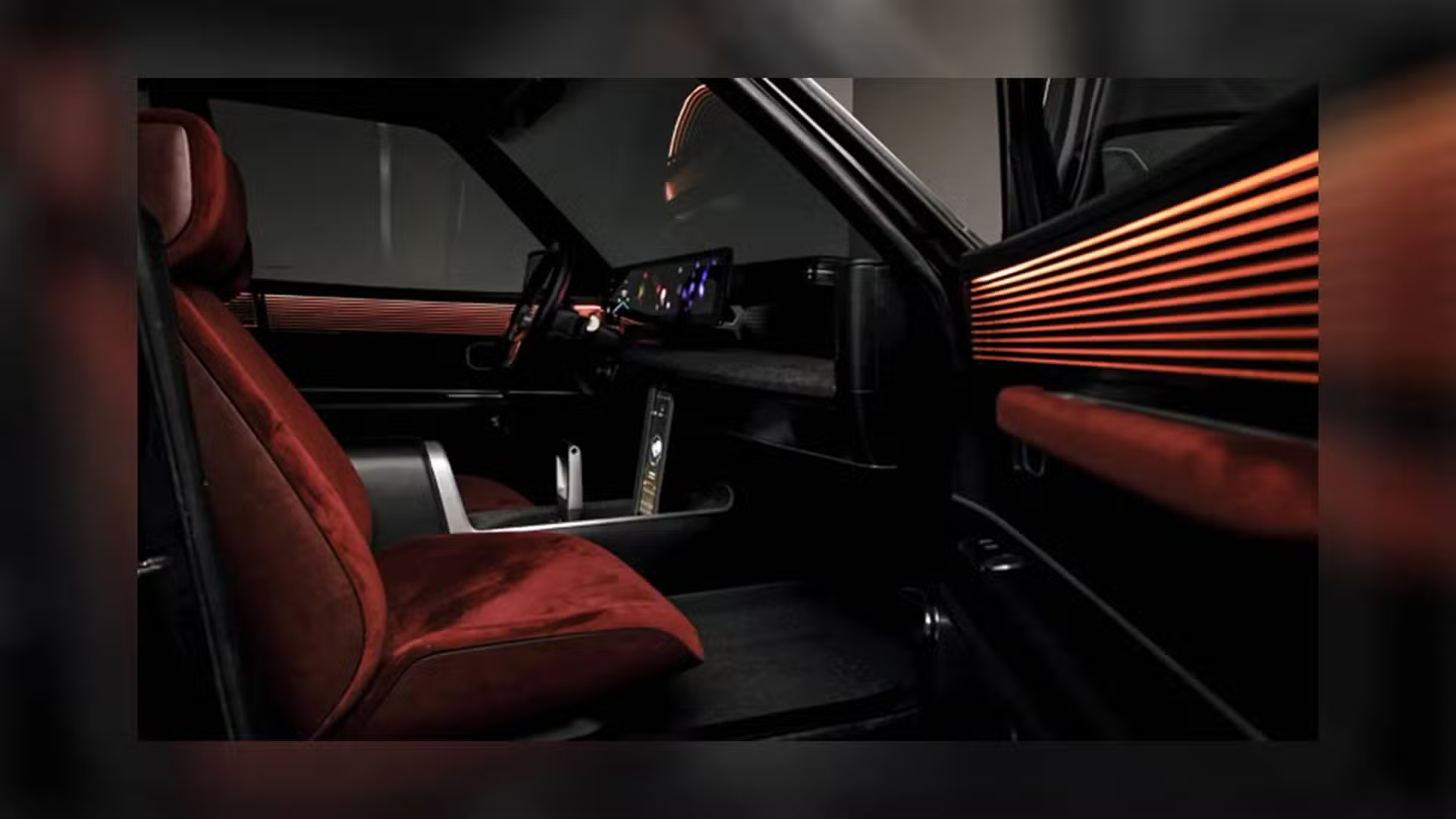
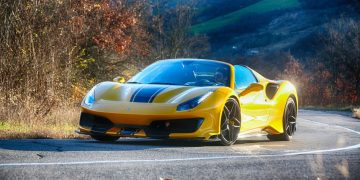

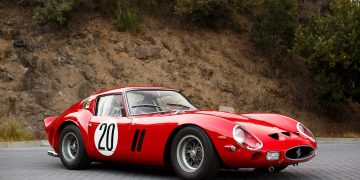












Discussion about this post